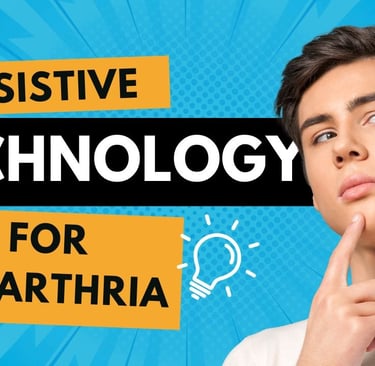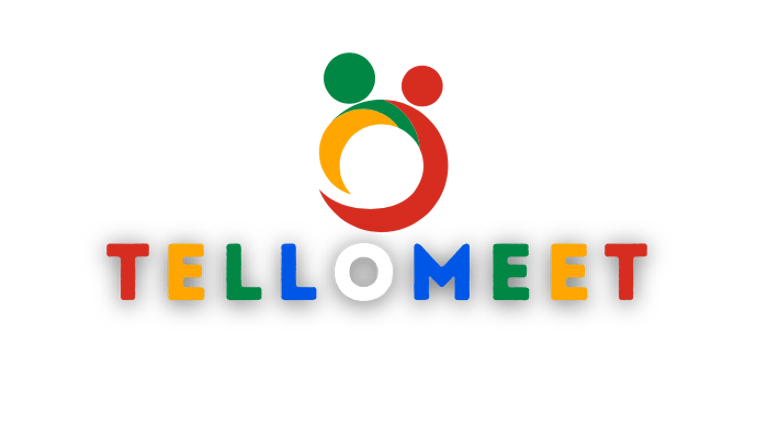Online Speech Therapy Platform
Assistive Technology for Dysarthria | Top AAC Devices for Speech Support
Explore how assistive technology supports individuals with dysarthria. Discover top AAC tools and voice-assistive devices that enhance daily communication.
DYSARTHRIA
selvakumar
7/19/20252 min read


🔊 What Is Dysarthria and Why Assistive Technology Matters
Dysarthria is a motor speech disorder caused by weakness or incoordination of the muscles used for speaking. People with dysarthria often struggle with slurred, soft, or slow speech, making communication difficult.
When speech therapy alone isn’t enough, assistive technology becomes a powerful ally. Tools such as AAC (Augmentative and Alternative Communication) devices and voice-assistive apps help individuals express themselves more effectively, enhancing their independence and confidence.
🧠 What Is AAC?
AAC (Augmentative and Alternative Communication) includes tools and strategies that support or replace spoken communication. AAC can be:
Unaided (gestures, sign language)
Aided (devices, communication boards, speech-generating apps)
For individuals with dysarthria, aided AAC tools are often essential.
🛠️ Top Assistive Technologies for Dysarthria
1. Speech-Generating Devices (SGDs)
SGDs are electronic devices that produce voice output. The user selects words, symbols, or phrases, and the device speaks for them.
✅ Popular options:
Tobii Dynavox
PRC Accent
Lingraphica
These devices offer customizable interfaces and are ideal for individuals with severe speech limitations.
2. Text-to-Speech Apps
Apps that convert typed text into spoken words are useful for adults with good motor control but limited speech.
✅ Recommended apps:
Proloquo4Text
Speech Assistant AAC
Talk For Me
These are affordable and can be installed on smartphones or tablets.
3. Symbol-Based Communication Apps
These apps allow users to select images or icons to create sentences that are then spoken aloud.
✅ Great for:
Users with cognitive impairments
Individuals who find reading/writing challenging
📱 Popular choices:
Proloquo2Go
TouchChat HD
GoTalk NOW
4. Voice Amplifiers
People with mild dysarthria who speak softly may benefit from voice amplifiers. These devices make speech louder and clearer in noisy environments.
🎤 Try:
ChatterVox
Zoweetek Mini Voice Amplifier
They're portable and easy to use for daily communication.
5. Eye-Tracking and Head-Tracking Devices
For users with limited hand movement, these high-tech devices allow communication through eye or head movement.
🚀 Advanced systems:
Tobii EyeMobile
Grid 3 with eye-gaze control
These tools enable users to operate AAC systems without touch.
👥 Benefits of Using Assistive Tech for Dysarthria
✔️ Enhances independence in communication
✔️ Reduces frustration and social isolation
✔️ Improves interaction with caregivers and family
✔️ Increases participation in work and daily activities
✔️ Boosts confidence and mental well-being
💬 Tips for Getting Started
Get a Speech Therapy Evaluation – An SLP can recommend the right AAC tool based on needs.
Start Simple – Begin with basic tools and upgrade as needed.
Involve Caregivers – Make sure family members are trained to support use.
Practice Regularly – Consistent use builds confidence and fluency.
🧩 Final Thoughts
Assistive technology opens doors for individuals living with dysarthria. Whether it’s a speech-generating device, a simple app, or a high-tech eye-tracking tool, these solutions help people speak their minds — literally.
If you or a loved one is affected by dysarthria, platforms like TelloMeet offer expert online speech therapy and AAC training, right from home.
